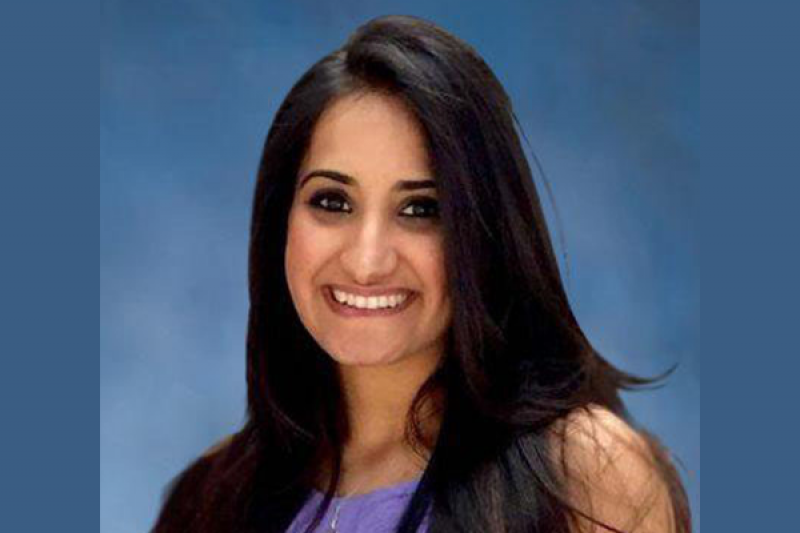A Personal Journey, A Virtual Platform
23 June 2020 | Melanoma Stories, Prevention, Science

When Dr. Shirin Bajaj was still in high school her beloved grandmother developed what appeared to be a red rash across her breast. At the time the family was unaware that this could be a sign of inflammatory breast cancer—the body only showing a glimpse of the chaos just beneath the surface.
By the time they received a diagnosis, the prognosis was poor. It wasn’t long before Bajaj’s grandmother—a woman who helped raise her—was gone.
It was a turning point for Bajaj. She always had an interest in medicine, but now it was personal.
Bajaj went on to attend Northwestern University’s Feinberg School of Medicine and is now a third-year resident at NYU’s School of Medicine.
“I’ve been interested in research in different capacities but given this personal circumstance I always veered towards cancer research,” says Bajaj.
She particularly enjoyed her dermatology rotation and was quickly fascinated by melanoma: “I found it so interesting that it was one of few cancers that can visually be seen and thus hopefully diagnosed at the earliest stages,” she explains. It promised empowerment rather than powerlessness, “Other cancers often present with symptoms when disease is later stage. With melanoma, if you are able to intervene early, you can catch them at their earliest stages when they can more often be treated curatively.”
Indeed, when found at early stages, melanoma is a largely curable disease. In underserved communities, however, there is limited access to skin care specialists, which often leads to later-stage tumors at diagnosis and worse overall survival. But with the advent and accuracy of telemedicine technology, Bajaj realized that it doesn’t have to be this way.
Encouraged by her mentor, Bajaj applied for and received a 2019 MRA Dermatology Fellow Research Award. “This is such an amazing way to launch your career, right when you are at the beginning of your training…. Learning all the nuts and bolts of a grant process, it’s incredibly useful and I fully intend to continue to research throughout my career,” says Bajaj.
Her study is entitled “Development of an Enhanced Tele- medicine-Based Melanoma Diagnostic Platform,” and is still underway with patient recruitment. The telemedicine platform transmits images of a patient’s skin to dermatologists for diagnosis and management recommendations as a way to remotely deliver specialized care. Bajaj will then compare the accuracy of thetelemedicine evaluation to an in-person evaluation by a trained dermatologist—the cur- rent standard of care—for concerning, possibly cancerous skin lesions.
With this study, Bajaj hopes to determine the utility of a telemedicine system as a screening tool for patients living in medicallyunderserved areas, build upon this preliminary data for larger follow-up studies and, ultimately, improve the detection of melanoma and patient survival.
After this study, Bajaj is interested in further exploring the telemedicine model in a rural population and perhaps in a walk-in setting or pharmacy so that it is assessable to people regardless of where they live.
“It’s exciting to fund dermatologists in this way and I want to give a big thank you to Debra and Leon Black for putting MRA together. I love how 100% of the money is going towards research and that is so meaningful. I think it’s so important they are funding dermatology residents and helping them network with the right people…and for those of us interested in research, it meansgetting the funding to actually be able to do it. I am so grateful.”
Learn more about MRA's Dermatology Fellows Award, our newest grant program, here. Applications are currently being accepted for the 2020 - 2021 cohort. Read the Request for Proposals here.

